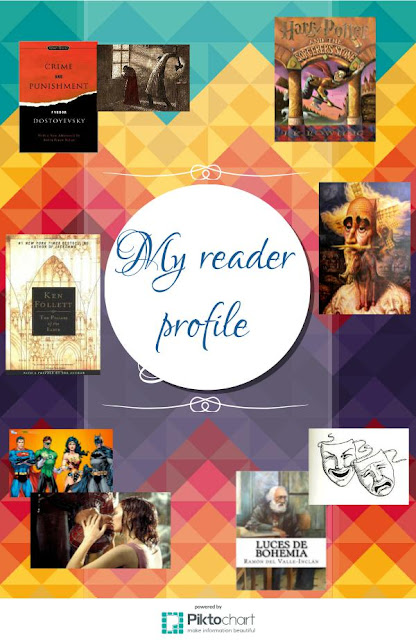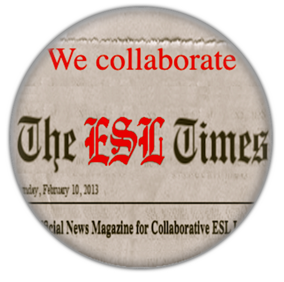After working hard during several months with the ICT it is time to say good bye. We have learnt a lot about online tools, disseminating, content curation, augmented reality and so on.
In order to recap all the learning process and highlight all the relevant aspects that took place during the subject I created a presentation with Present.me, Present.me is an online tool that allows you to upload any presentation and add audio or video at the same time. It is quite easy to follow, as you can record your audio / video in time and publish it on any social networks.
At the beginning of this activity I decide to carry it out with Genially as the presentation and recording my own screen while I explain the details with ScreenCast o matic. I had some logistic problems with Genially and I eventually used Present.me instead. Anyway, I learnty how to use Creencast o matic and it was good experience.
Here you can see the presentation:
As I said in the presentation some of the things I really enjoyed were the video introduction, the Chocotalk and the augmented reality topic which completely caught my attention.
I hope to keep on working and learning about ICT and I will try to post all my progress and discoveries.
See you soon!!
In order to recap all the learning process and highlight all the relevant aspects that took place during the subject I created a presentation with Present.me, Present.me is an online tool that allows you to upload any presentation and add audio or video at the same time. It is quite easy to follow, as you can record your audio / video in time and publish it on any social networks.
At the beginning of this activity I decide to carry it out with Genially as the presentation and recording my own screen while I explain the details with ScreenCast o matic. I had some logistic problems with Genially and I eventually used Present.me instead. Anyway, I learnty how to use Creencast o matic and it was good experience.
Here you can see the presentation:
As I said in the presentation some of the things I really enjoyed were the video introduction, the Chocotalk and the augmented reality topic which completely caught my attention.
I hope to keep on working and learning about ICT and I will try to post all my progress and discoveries.
See you soon!!




